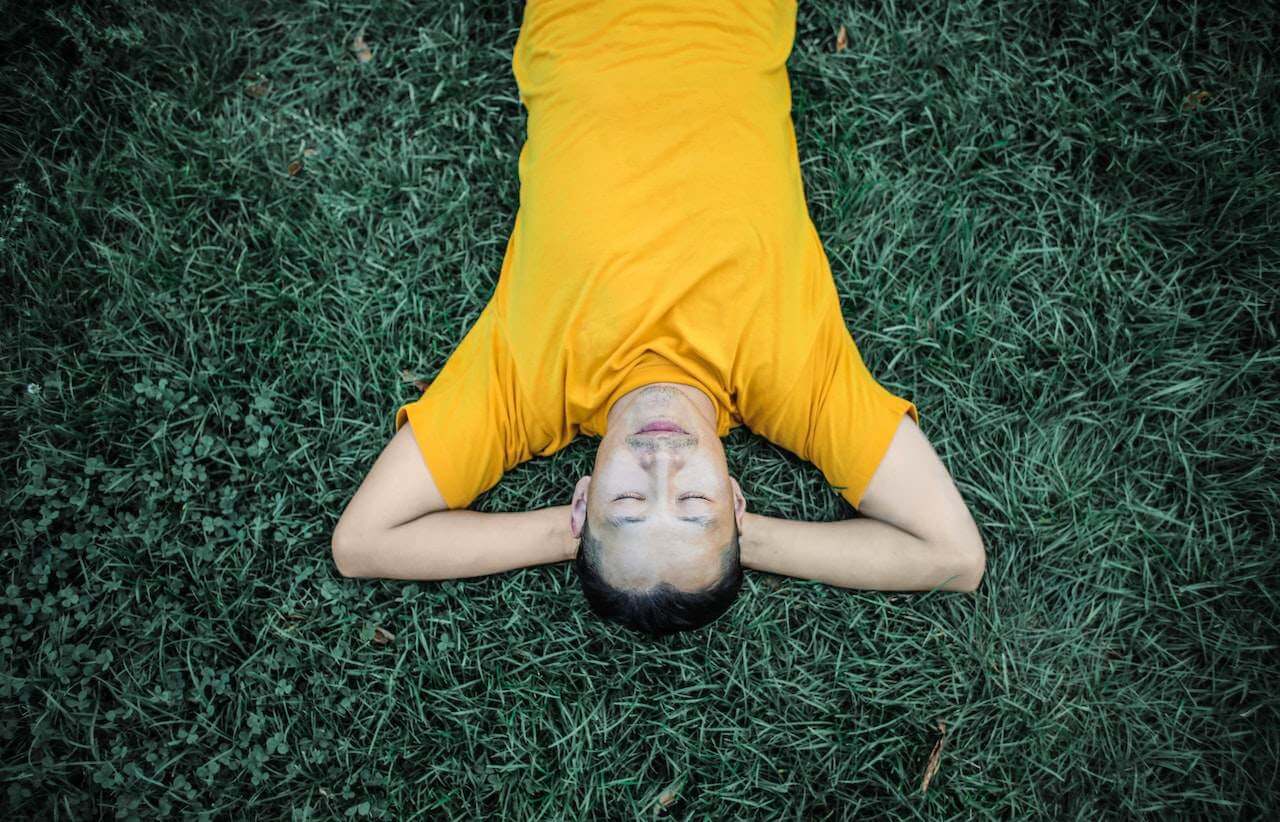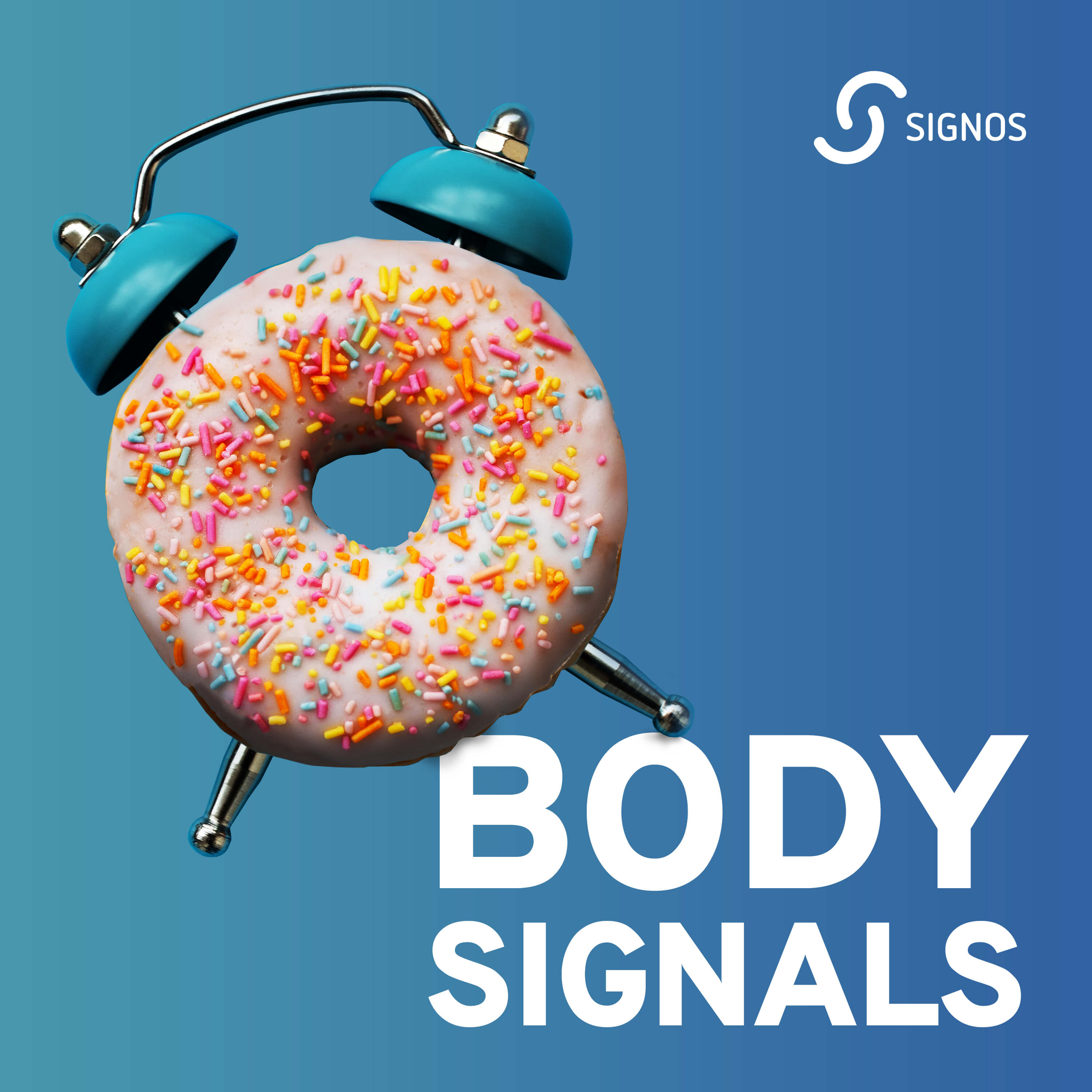In the pursuit of optimal health and well-being, humans have explored many practices and therapies. One such practice gaining traction recently is cold plunge therapy, which involves immersing oneself in an ice bath or extremely cold water for a short duration. While voluntarily exposing oneself to icy temperatures might seem uncomfortable, the evidence-based benefits of cold plunge therapy are compelling and wide-ranging.
A study performed in 2012 found cold water immersion within 2 to 24 hours after exercise specifically to help reduce muscle soreness and provide quicker recovery of muscle strength, power, and neuromuscular function.1 From enhancing physical performance to boosting mental resilience, cold plunge therapy offers a fast and easy approach to recovery, healing, and boosting overall health.
What Is a Cold Plunge and What Is Cold Therapy?
A cold plunge, known as cold exposure therapy, involves immersing the body in ice-cold water for a short period, typically two to three minutes. The water temperature is usually significantly lower than the body's normal temperature, often around 50 degrees Fahrenheit (10°C).
The primary goal of cold plunge therapy is to expose the body to the shock of cold temperatures, eliciting a range of physiological responses including fight or flight reactions. Nowadays, cold plunge therapy is used by athletes and within the sports medicine world to enhance post-workout recovery and injury rehabilitation. This resurgence of cold plunge therapy in modern wellness circles is supported by a growing body of scientific research highlighting its positive effects on physical, mental, and emotional well-being.
{{mid-cta}}
14 Health Benefits of Cold Plunge Therapy
A cascade of physiological responses occurs when the core body temperature decreases due to cold water exposure. Such adaptive mechanisms from just two to three minutes in a cold plunge offer numerous physical and mental benefits to promote overall health and vitality.
Check out this list of the many health benefits of cold plunge therapy:
- Reduced inflammation: Cold water immersion may have anti-inflammatory effects due to the vasoconstriction and vasodilation of your blood vessels. As blood vessels constrict and dilate, the flushing of toxins and edema can help reduce inflammation in muscles and tissues. Athletes often turn to cold plunge therapy to expedite muscle recovery after intense workouts or competitions; it can alleviate muscle soreness and accelerate healing.2,3
- Endorphins boost: Cold water immersion induces the release of endorphins in the brain that promote feelings of well-being and relaxation. This endorphin release can reduce stress and improve mood, potentially helping individuals manage anxiety and depression.4,5
- Dopamine spike: The release of dopamine during cold exposure is linked to the body's stress response and the activation of the sympathetic nervous system. As the body senses the shock of cold temperatures, the brain releases dopamine as a part of its adaptive reaction, creating the sense of accomplishment and heightened mood that many individuals report following cold plunge therapy sessions.5
- Better sleep: Engaging in cold plunge therapy earlier in the day can help regulate the body's natural circadian rhythms. Exposure to cold water triggers the release of hormones like adrenaline and norepinephrine, which elevate alertness and mental focus. This can create a natural energy boost that tapers off as the day progresses, aligning with the body's daytime wakefulness and evening sleep patterns.4
- Reduced stress: Cold exposure triggers the release of endorphins, the body's natural "feel-good" chemicals, leading to euphoria and relaxation. This natural mood enhancement can benefit individuals struggling with stress, anxiety, or depression.5,7
- Diminished aches and pains: Applying cold water directly to an affected area, such as using ice packs or localized cold baths, can numb nerve endings and temporarily alleviate pain sensations. This is especially helpful for those who struggle with arthritis or muscle and joint injuries.7
- Improved injury recovery: Vasoconstriction and vasodilation stimulate blood circulation, effectively flushing out metabolic waste products and promoting the delivery of oxygen and nutrients to muscles. As a result, cold plunge therapy is often incorporated into athletes' routines along with time in the sauna to expedite muscle recovery and reduce inflammation after intense training sessions.8
- Reduced swelling: The cooling effect of cold water helps narrow the blood vessels and limit the influx of fluids into the tissues, reducing swelling and alleviating discomfort.8
- Potential testosterone increase: Exposure to cold water triggers the release of hormones like adrenaline and norepinephrine. These hormones might influence the endocrine system, including the secretion of testosterone. Some studies have indicated that cold exposure could lead to short-term increases in testosterone levels as part of its adaptive mechanisms.9
- Promotes lymphatic drainage: The alternation between blood vessel constriction and dilation promotes the circulation of lymph, a fluid containing immune cells and waste products. This enhanced circulation helps remove toxins, reduce fluid retention, and support immune system function.10
- Enhanced immune function: Exposing the body to cold water can stimulate the production of certain immune cells, such as white blood cells. These cells play a vital role in combating infections and pathogens. Over time, regular cold plunge therapy might contribute to a stronger immune system, leading to a reduced likelihood of falling ill.6,7
- Hormone regulation: There is emerging evidence that cold plunge therapy might impact hormone regulation on a broader scale. Some studies suggest that regular exposure to cold water could modulate hormones like cortisol, a stress hormone, and various sex hormones such as testosterone and estrogen.11
- Metabolism boost: Cold exposure prompts the body to generate heat to counteract the drop in temperature. One way the body achieves this is by increasing its metabolic rate, which leads to greater calorie burning. While the increase in metabolic rate might be relatively modest, repeated exposure to cold water can contribute to a cumulative effect that may aid in weight management over time.12
- Improved insulin sensitivity: Some studies propose that cold exposure, such as that experienced during cold plunge therapy, could potentially enhance insulin sensitivity. Cold exposure may activate certain mechanisms that improve the cells' ability to efficiently utilize glucose, potentially leading to better blood sugar control.11

Potential Cold Water Therapy Dangers: Who Should Avoid Them?
While cold plunge therapy offers a range of potential benefits, it's important to be aware of the associated risks and consider whether the practice suits your circumstances. Cold exposure, especially to icy water, can adversely affect certain individuals, including hypothermia, cardiovascular or respiratory stress, fainting or dizziness, or a weakened immune system for those immunocompromised.
Discuss cold plunge therapy with your healthcare provider beforehand if you identify with any of the following categories.
- Individuals with cardiovascular disease or hypertension: Individuals with cardiovascular conditions, such as hypertension, heart disease, or a history of heart attacks, should avoid cold plunge therapy or seek medical advice before attempting it. The abrupt heart rate and blood pressure changes caused by cold water immersion can exacerbate existing cardiovascular issues.
- Individuals with Reynaud's syndrome: Those with Raynaud's disease, characterized by reduced blood flow to the extremities in response to cold, should avoid cold plunge therapy as it can exacerbate symptoms.
- Individuals who are pregnant: Those who are pregnant should avoid cold plunge therapy, as abrupt changes in temperature can affect the fetus and potentially harm the mother's health.
- Individuals with respiratory conditions: People with respiratory conditions, such as asthma, may also be at risk during cold plunge therapy due to the shock of cold water, potentially triggering bronchospasms and breathing difficulties.
- Individuals with low body temperature at baseline: Engaging in cold plunge therapy when already experiencing low body temperature increases the risk of hypothermia and leads to serious health consequences, including shivering, confusion, fatigue, and even unconsciousness.
- Individuals who have a pacemaker: The abrupt changes in heart rate and blood pressure caused by exposure to cold water can interfere with the proper functioning of pacemakers, leading to serious health complications.
How to Cold Plunge Safely
Cold plunge therapy is best approached gradually. Beginners could start with cold showers at home and should start with short exposure times and progressively increase duration based on comfort and tolerance. To mitigate risks, individuals should avoid prolonged exposure to cold water, practice proper warm-up techniques, and consult a healthcare professional before incorporating cold plunge therapy, especially if they have underlying health conditions.
Additional recommendations for improving safety when starting cold plunge therapy include:
- Choose the Right Temperature: Begin with relatively less cold water and progressively move to colder temperatures. Water temperatures around 50°F (10°C) are often recommended for beginners.
- Stay Hydrated: Cold exposure can lead to increased fluid loss through shivering and increased metabolic rate. Ensure you're well-hydrated before and after the plunge.
- Practice Warm-Up Techniques: Engage in light physical activity or dynamic stretching before the plunge to increase blood circulation and prepare your body for the cold water.
- Breathing Exercises: Deep, controlled breathing can help regulate your body's response to cold water and reduce the likelihood of hyperventilation.
- Listen to Your Body: Pay attention to your body's signals. If you experience excessive shivering, numbness, dizziness, or discomfort, exit the water promptly.
- Warm-Up Post-Plunge: After leaving the water, engage in light movement and cover yourself with warm clothing or blankets to help your body regain its normal temperature.
- Avoid Alcohol and Caffeine: These substances can affect blood vessel function and increase the risk of cold-related complications.

How Long Should You Cold Plunge?
The frequency and duration of cold plunges can vary depending on individual preferences, tolerance to cold, and overall health. Mindzero, a company based out of South Carolina, utilizes cold plunge therapy to help clients improve their physical and mental health by removing unnecessary stressors. The professionals at Mindzero recommend aiming for about 11 minutes in total during the week to obtain the benefits of cold water therapy. They also suggest incorporating a warm-up into your routine, such as a sauna session, before entering into a cold plunge tub.
Some people incorporate cold plunges into their daily routine, while others might use them a few times a week. It's always important to listen to your body and start gradually in the beginning.
How Often Should You Cold Plunge?
Determining how often to engage in cold plunge therapy depends on various factors, including your goals, tolerance to cold exposure, and overall health. While there's no one-size-fits-all answer, there are some general guidelines.
Starting with one to two sessions per week is recommended for beginners or individuals new to cold exposure. This allows your body to acclimate to the cold gradually and helps you gauge your tolerance. As you become more accustomed to cold water immersion, you can gradually increase the frequency to three to four sessions per week or even daily, if desired.
Overdoing cold plunge therapy can lead to increased stress on the body or a weakened immune response. Pay attention to how your body responds after each session and consider incorporating rest days between sessions to allow for recovery.
Individual goals also play a role in determining frequency. Athletes might use cold plunge therapy more frequently, especially after intense training sessions, to aid in muscle recovery and reduce inflammation. On the other hand, individuals seeking mental and emotional well-being might benefit from occasional cold plunge sessions to boost mood and resilience.
Ultimately, the right frequency for cold plunge therapy is a balance between pushing your limits and respecting your body's needs. Always prioritize safety, consult a healthcare professional if you have concerns, and adjust the frequency based on your responses and wellness objectives.
Learn More About How to Achieve Better Health Through Exercise with Signos’ Expert Advice.
If you have more questions on improving your health, fitness, and nutrition, seek the expert advice of the Signos continuous glucose monitor and Signos team. A continuous glucose monitor (CGM) can give you the insights to make smarter nutrition and exercise choices. The Signos app provides a unique, personalized program to help you lose weight and reach your health goals. Take this quiz to see if Signos is a good fit for you and reach your goals faster than ever before.
- Item 1
- Item 2
- item 3
Topics discussed in this article:
References
- Monique Pointon and Rob Duffield. (2012). Cold Water Immersion Recovery after Simulated Collision Sport Exercise. Medicine & Science in Sports & Exercise; 44(2): 206-216.
- Missau, E., Teixeira, A. D. O., Franco, O. S., Martins, C. N., Paulitsch, F. D. S., Peres, W., Silva, A. & Signori, L. U. (2018). Cold water immersion and inflammatory response after resistance exercises. Revista Brasileira de Medicina do Esporte, 24, 372-376.
- White, G. E., & Wells, G. D. (2013). Cold-water immersion and other forms of cryotherapy: physiological changes potentially affecting recovery from high-intensity exercise. Extreme physiology & medicine, 2, 1-11.
- Leppäluoto, J., Westerlund, T., Huttunen, P., Oksa, J., Smolander, J., Dugué, B., & Mikkelsson, M. (2008). Effects of long-term whole-body cold exposures on plasma concentrations of ACTH, beta‐endorphin, cortisol, catecholamines and cytokines in healthy females. Scandinavian journal of clinical and laboratory investigation, 68(2), 145-153.
- Šrámek, P., Šimečková, M., Janský, L., Šavlíková, J., & Vybíral, S. (2000). Human physiological responses to immersion into water of different temperatures. European journal of applied physiology, 81, 436-442.
- Brazaitis, M., Eimantas, N., Daniuseviciute, L., Mickeviciene, D., Steponaviciute, R., & Skurvydas, A. (2014). Two strategies for response to 14° C cold-water immersion: Is there a difference in the response of motor, cognitive, immune and stress markers?. PLoS One, 9(10), e109020.
- Kurniasari, M. D., Monsen, K. A., Weng, S. F., Yang, C. Y., & Tsai, H. T. (2022). Cold water immersion directly and mediated by alleviated pain to promote quality of life in Indonesian with gout arthritis: A community-based randomized controlled trial. Biological Research For Nursing, 24(2), 245-258.
- Dolan, M. G., Thornton, R. M., Fish, D. R., & Mendel, F. C. (1997). Effects of cold water immersion on edema formation after blunt injury to the hind limbs of rats. Journal of Athletic Training, 32(3), 233.
- Earp, J. E., Hatfield, D. L., Sherman, A., Lee, E. C., & Kraemer, W. J. (2019). Cold-water immersion blunts and delays increases in circulating testosterone and cytokines post-resistance exercise. European journal of applied physiology, 119, 1901-1907.
- Cochrane, D. J. (2004). Alternating hot and cold water immersion for athlete recovery: a review. Physical therapy in sport, 5(1), 26-32.
- Smith, D. J., Deuster, P. A., Ryan, C. J., & Doubt, T. J. (1990). Prolonged whole body immersion in cold water: hormonal and metabolic changes. Undersea biomedical research, 17(2), 139-147.
- Loap, S., & Lathe, R. (2018). Mechanism underlying tissue cryotherapy to combat obesity/overweight: triggering thermogenesis. Journal of obesity, 2018.
































